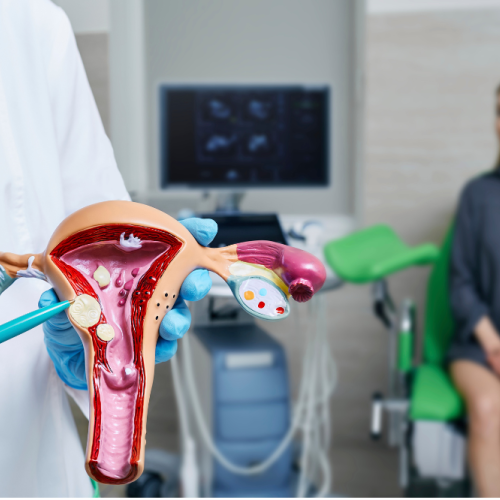ART Outcomes: Morbidity and Mortality

When most couples think about starting a family, they generally don’t anticipate needing medical assistance to become pregnant. But infertility is a relatively common problem that affects an estimated one in six couples.
Luckily, assisted reproductive technology (ART) offers a variety of solutions designed to help couples overcome many of the most common obstacles to fertility.
In the United States, ART techniques have helped bring more than one million babies into the world since 1987. And every year, more than 61,000 babies — or almost 2% of all SS births — are born via in vitro fertilization (IVF).
All fertility treatments come with a certain amount of risk though. So if you’re considering using any type of ART to help you get pregnant, it’s important to understand what those risks are and how they may affect your pregnancy.
Here’s what you should know about the perinatal morbidity and mortality risks that are associated with current assisted reproductive technologies.
Measuring ART outcomes
Every year, the Centers for Disease Control and Prevention collects data from all US fertility clinics to determine average ART outcomes as well as the maternal and perinatal risks that are associated with those outcomes. This information helps couples considering fertility treatment estimate their own chances of success and what their risks may be.
The Society for Assisted Reproductive Technology (SART) compiles this data in an annual report that provides statistics about ART pregnancy success rates, maternal risks, and perinatal outcomes, including birth weight, multiple babies, and sick or stillborn babies.
Interpreting ART success rates
ART outcomes are measured in a variety of different ways to give you the best possible idea of your chances of success based on your age, specific fertility problem, and chosen ART fertility treatment.
If you and your partner are planning to use IVF with an embryo transfer, for example, you’d want to consider the current statistical success rates of that specific procedure. Similarly, if you’re planning to use intracytoplasmic sperm injection (ICSI), you’d want to pay attention to the ART outcomes and success rates associated with that particular procedure.
In 2016, the most recent reporting year, ART outcome statistics reveal that the cumulative live birth rate per egg retrieval was approximately 50% at the national level. Here at California Center for Reproductive Health, patients experienced a considerably higher (almost 67%) cumulative live birth rate per egg retrieval.
Understanding specific ART risks
Although the vast majority of babies conceived via IVF and other ART techniques are just as healthy as babies who are conceived naturally, fertility treatments are associated with certain fetal risks, including an increased risk of morbidity (illness or disease) as well as an increased risk of mortality, or stillbirth.
ART-related perinatal risks include:
Multiple gestations
Multiple gestation, or becoming pregnant with more than one baby, has long been the most notable risk that ART poses to fetal health. That’s because carrying multiples is consistently associated with an increased risk of detrimental outcomes, including preterm birth and related complications.
To help prevent the significant risks associated with multiple gestations, we strongly encourage our patients to opt for single-embryo transfer whenever possible.
Preterm birth and low birthweight (LBW)
Even in cases of singleton conception, babies conceived via ART are at an increased risk of premature birth (being born before 37 weeks gestation) as well as LBW.
Premature babies and babies born with LBW may have a harder time eating and gaining weight, may not be able to fight off infection as well, and may have an increased risk of developing heart disease, diabetes, and other chronic health conditions later in life.
While several large studies have suggested that most ART techniques increase these risks by twofold, pregnancies conceived via frozen-embryo transfers are actually associated with a reduced risk of preterm birth and LBW compared to those conceived via fresh-embryo transfer.
Congenital abnormalities
Babies conceived via ART appear to have a slightly increased risk of being born with a birth defect or congenital malformation when compared to babies that are conceived naturally.
Considering the fact that congenital abnormalities affect about 4-5% of babies who are conceived naturally, compared to about 6-7% of babies who are conceived medically, the absolute risk of conceiving a child with a congenital abnormality via ART is still relatively low.
Perinatal mortality
While a wide body of research shows that the risk of stillbirth and infant mortality is slightly greater for pregnancies conceived via ART, this outcome is most likely related to other ART-related risks, including severe maternal morbidity, preterm birth, and LBW.
If you’d like to learn more about ART success rates, outcomes, and risk factors, we can help. Call us or schedule an appointment online at one of our conveniently located clinics in Encino, West Hollywood, Monica, or Valencia, California.



